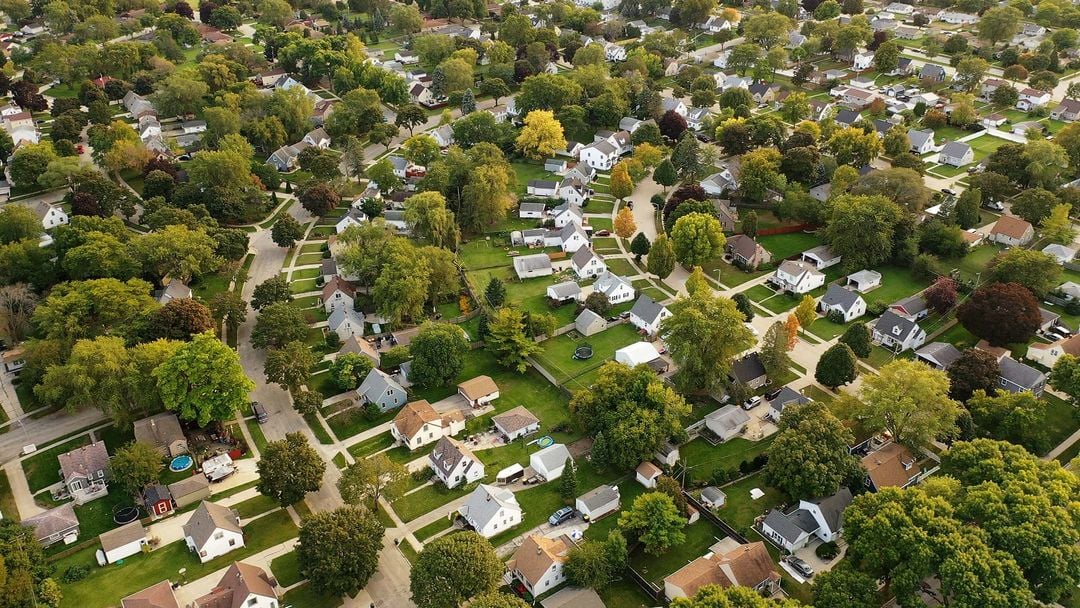Manufactured vs. Modular Homes
When it comes to residential construction, there is a wide range of housing options to suit different needs and preferences. Among these...

They achieve this as both active participants in the market and guiding bodies to lenders and investors. As active participants, Fannie Mae and Freddie Mac provide thousands of banks and mortgage companies easy access to funds. Otherwise, Fannie Mae and Freddie Mac help to set a standard for a “purchasable” conventional loan by providing underwriting guidelines. A loan that meets these guidelines is one that lenders can fund, and investors can invest into with confidence.
Note: Fannie Mae and Freddie Mac only offer guidelines. It is possible that lenders have some additional underwriting conditions based on the market, called “overlays.”
When Fannie Mae or Freddie Mac acquire a mortgage, they will either hold it in their respective portfolios or package it into mortgage-backed securities (MBS) that can be sold. At CapCenter, we originate all non-government-backed loans according to the standards of Fannie Mae and Freddie Mac and sell them to our investors for servicing.
The calculation considers a household’s gross income, which is the total income received before taxes and other payroll deductions. Within the area range, a median is determined, meaning that half of the set falls below and half above. That value is the Area Median Income (AMI).
Lenders look at AMI to determine eligibility for affordable housing programs. Most programs are reserved for borrowers earning 80% or less of the region’s AMI. Households earning less than 80% of the AMI are considered low-income households; households earning less than 50% of the AMI are considered to be very low-income, and households earning less than 30% of AMI are considered to be extremely low-income households.
Lenders use AMI to determine eligibility for affordable housing programs.

When it comes to residential construction, there is a wide range of housing options to suit different needs and preferences. Among these...

As a first-time home buyer, there can be so many new concepts, options, and terms flying around, it can sometimes feel a bit overwhelming. And...

As a first-time home buyer, there can be so many new concepts, options, and terms flying around, it can sometimes feel a bit overwhelming. And...

T he loan limit in your area depends on a few things, including the loan program you apply for. Each program has its own limit, but most people...

If you’ve been renting for a while, you may have at some point fantasized about owning your own home. It sounds nice, right? A chance to invest...

5 min read
Coming up with a down payment may be the biggest hurdle for first-time homebuyers. It can be difficult to understand exactly how much you need and...